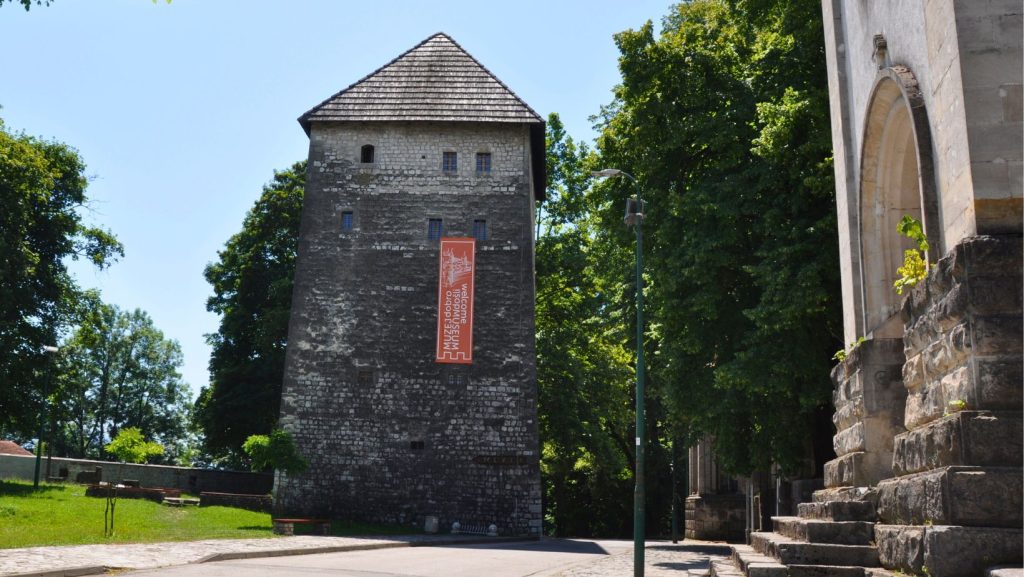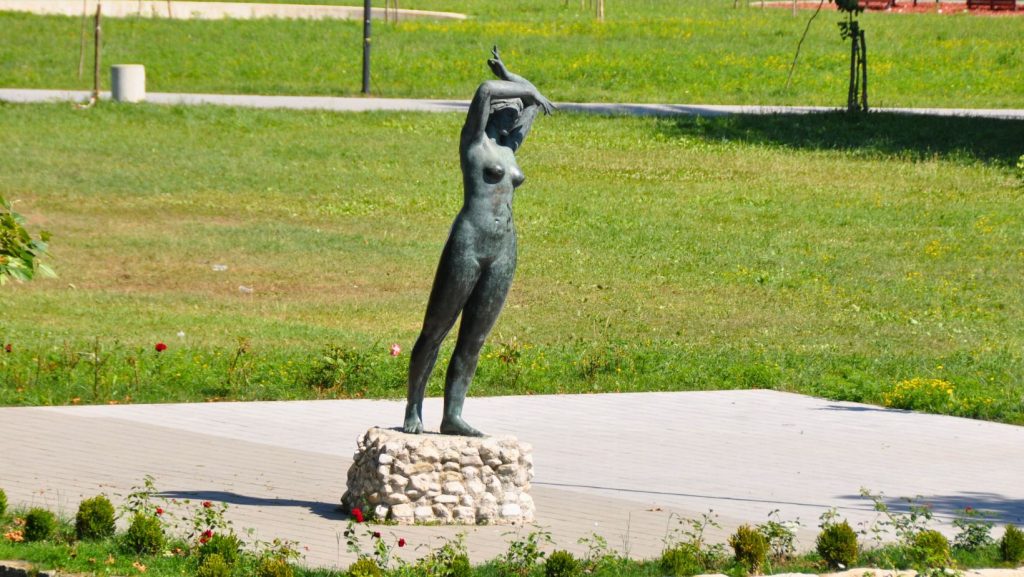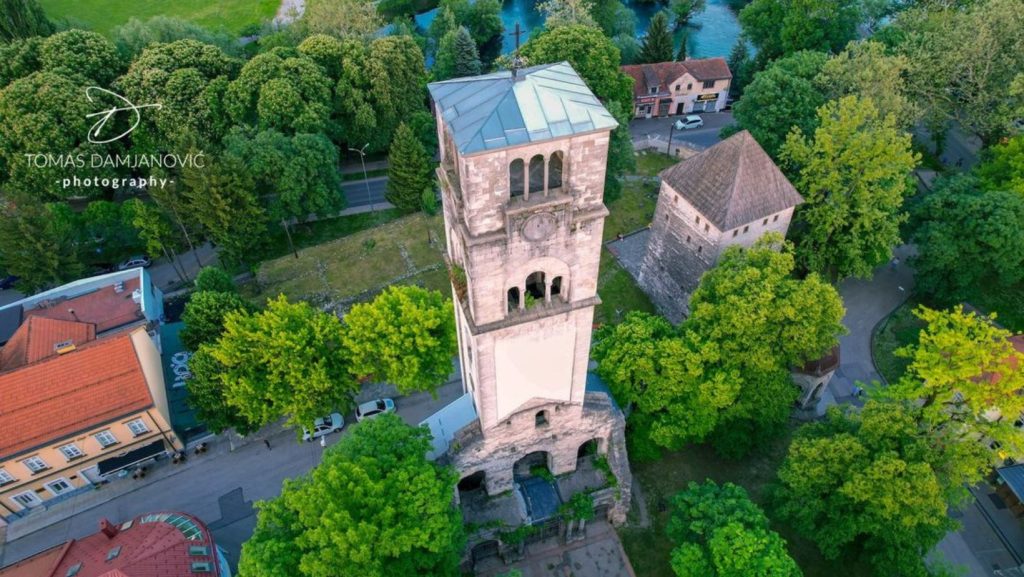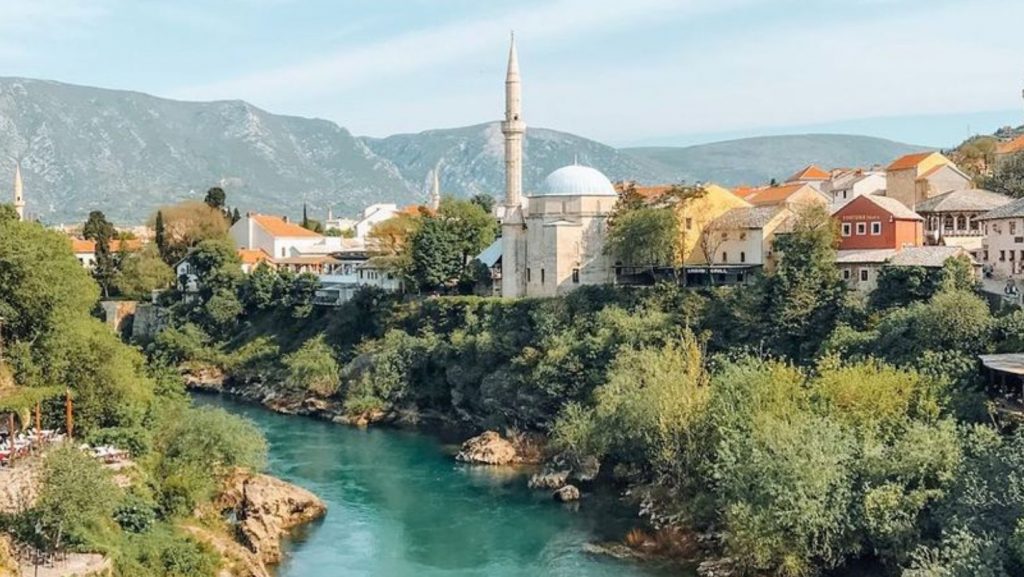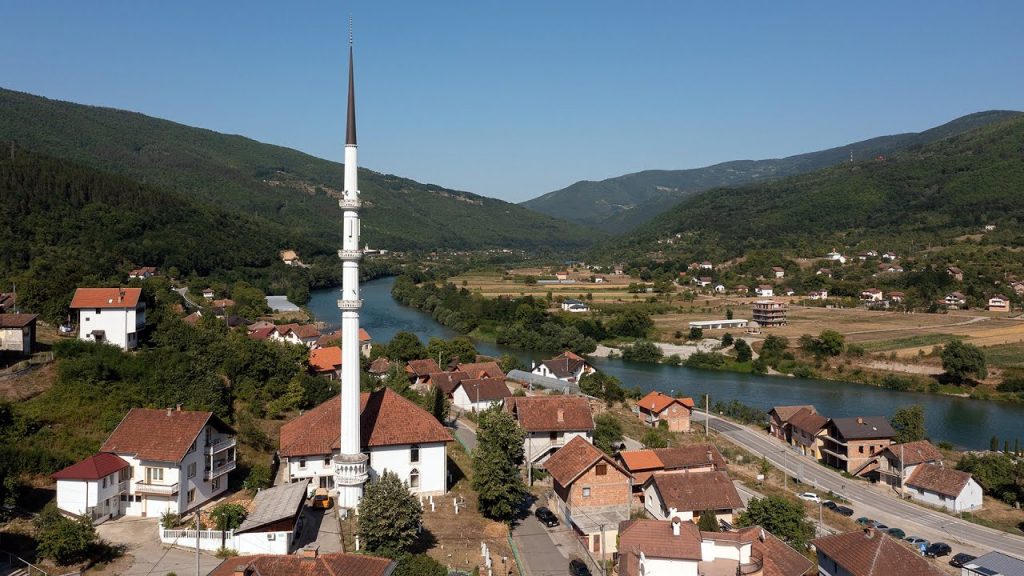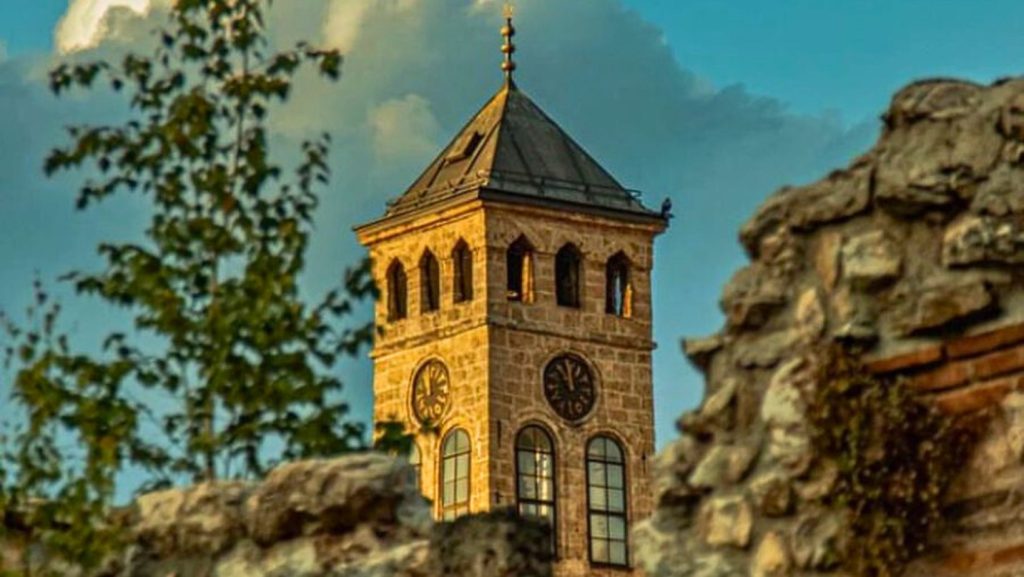Captain’s Tower | Kapetanova Kula | Bihać
Kapetanova Kula, a national monument in Bihać, Bosnia and Herzegovina, offers a rich historical experience. This limestone tower, originally a 16th-century Ottoman fortification, later served as a prison under Austro-Hungarian rule. Today, it houses five museum exhibitions showcasing the cultural heritage of Bihać, from ancient times to the Austro-Hungarian period, making it a must-visit for history enthusiasts.
Captain’s Tower | Kapetanova Kula | Bihać Read More »



